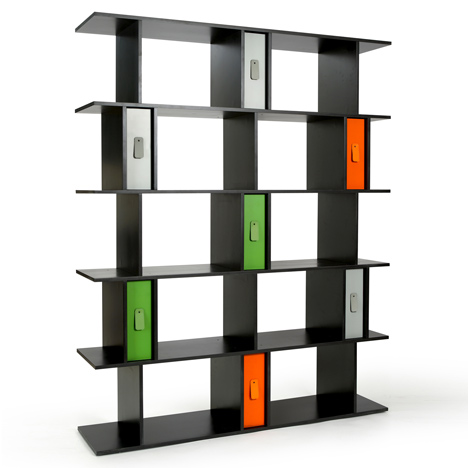

NOTES
• A Scottish architect, designer and a watercolorist
•A designer in the Arts and Crafts movement
•He was the main exponent of Art Nouveau in Scotland.
HIS STYLE
•Mixed elements of Scottish vernacular and the English Arts and Crafts tradition with the organic forms of Art Nouveau
• a contrast between strong right angles and floral-inspired decorative motifs with subtle curves
•Drive to be modern
•As his work matured, he employed bolder geometric forms in place of organic-inspired symbolic decoration
CHARLES RENNIE MACKINTOSH WORK CAN BE DIVIDED INTO 3 MAIN AREAS:
vpublic buildings
vprivate homes
vtea rooms
THE GLASGOW SCHOOL OF ARTS
•1884 - he began a five-year pupilage with the Glasgow architects John Hutchins.
•1889 - he joined the more eminent firm of Honeyman & Keppie.
•1890s - was a decade of learning and development.
•1894 - Develops designs with MacNair and The Macdonald Sisters. Together they are known as “The Four”
•1900 - Miss Cranston commissions him to design the interior and furniture for The Ladies’ Luncheon Room, Ingram Street tearooms
•1903 - Miss Cranston commissions Mackintosh to design the exterior and interiors of The Willow tea rooms, Glasgow.
•1909 - Designs the Card Room for Hous’hill as well as the Oval Room and ladies’ rest room at the Ingram Street tea rooms. Opening of the west wing of Glasgow School of Art
•1911 - Creates the interiors of The Cloister Room and Chinese Room for the Ingram Street tea rooms, Glasgow
•1928 - Dies in London of cancer of the tongue
THE ARTS AND CRAFTS MOVEMENT
•Is a British and American aesthetic movement that aimed to promote a return to hand-craftsmanship and to assert the creative independence of individual craftspeople.
•It was a reaction against the industrialized society that had boomed in Britain in the Victorian period, and aimed for social as well as artistic reform.
•Its example was followed in other countries, particularly the U.S.A. After the 1914-18 war, other artistic trends overtook the ACM, and it declined.







































